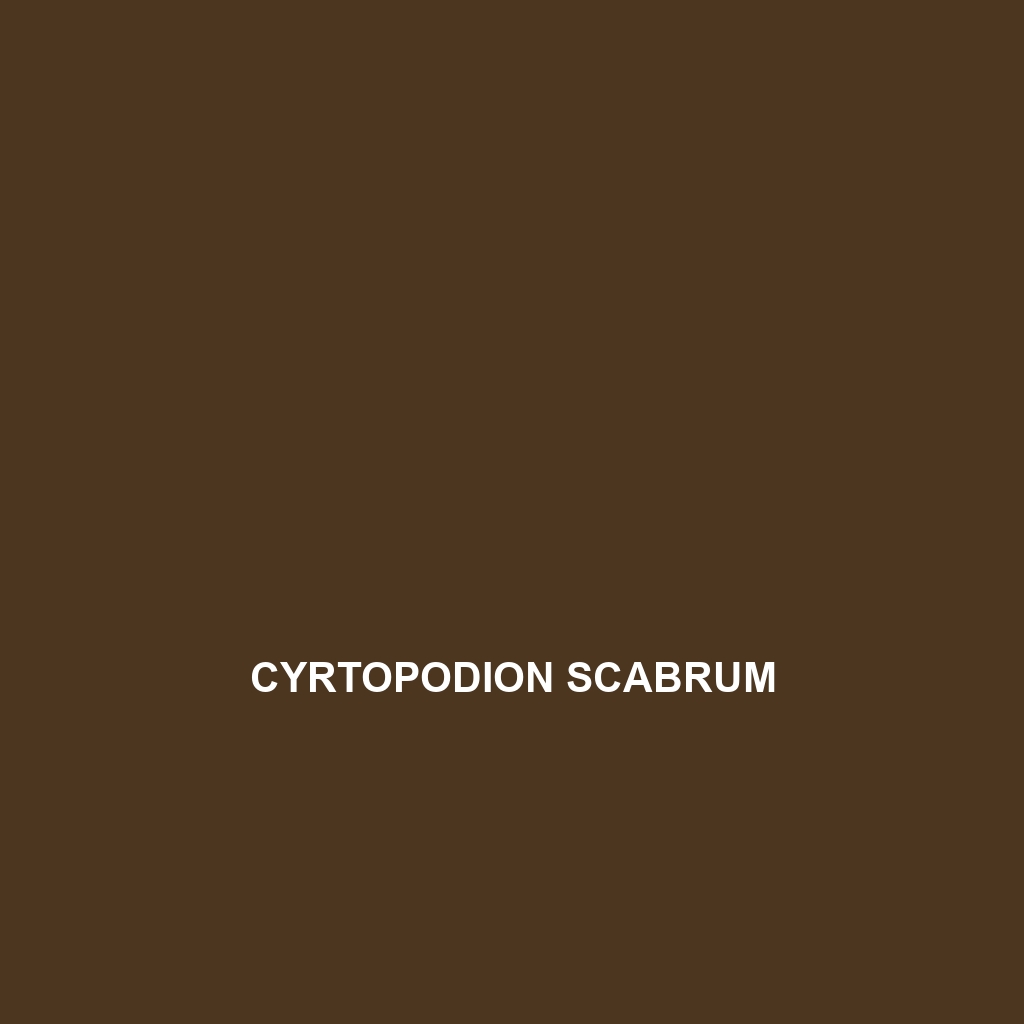Cyrtopodion rohtasfortai: A Comprehensive Species Description
Common Name: Cyrtopodion rohtasfortai
Scientific Name: Cyrtopodion rohtasfortai
Habitat
Cyrtopodion rohtasfortai is primarily found in the semi-arid regions of northern Pakistan, particularly around the historic site of Rohtas Fort. This species thrives in rocky areas, scrublands, and arid grasslands, where it can utilize crevices and boulders for shelter. The habitat typically features a mix of sandy and rocky substrates, providing ideal conditions for this gecko.
Physical Characteristics
Cyrtopodion rohtasfortai is a medium-sized gecko, with an average length of approximately 12 to 15 centimeters. The body is characterized by a flattened shape, enabling it to navigate through rocky terrains. It exhibits a distinctive color pattern, usually featuring a blend of brown, beige, and gray hues that provide excellent camouflage. One notable feature is its large, rounded eyes, which enhance its vision during twilight hours, making it an adept nocturnal forager.
Behavior
This species showcases fascinating behaviors typical of its genus. Cyrtopodion rohtasfortai is predominantly nocturnal, becoming active during the night to evade daytime predators. It displays a unique behavior of basking on warm rocks in the late afternoon, absorbing heat before nightfall. Additionally, this gecko is known for its agility and quick movements, which aid in escaping threats and catching prey.
Diet
Cyrtopodion rohtasfortai primarily feeds on insects and other small invertebrates. Common food sources include crickets, beetles, and moths. The diet is essential for its growth and energy levels, making it an integral pest controller in its habitat. The feeding behavior is characterized by its swift, agile strikes, demonstrating its predatory skills.
Reproduction
The reproductive habits of Cyrtopodion rohtasfortai are notable, with breeding typically occurring during the warmer months from April to July. Females lay clutches of 1 to 2 eggs in hidden crevices, providing a safe environment for the developing embryos. The incubation period lasts approximately 30 to 40 days before the young hatch, typically emerging during the nocturnal hours.
Conservation Status
Cyrtopodion rohtasfortai has been assessed as **vulnerable** due to habitat loss and degradation caused by human activities, including urbanization and agriculture. Conservation efforts are crucial to safeguard its habitats and ensure the survival of this unique gecko species.
Interesting Facts
– Cyrtopodion rohtasfortai is often referred to as the “Rohtas Fort Gecko” due to its geographical association with the historic fort.
– This species has developed a remarkable ability to blend into its environment, a trait that not only aids in predation but also in evading predators.
Role in Ecosystem
Cyrtopodion rohtasfortai plays a crucial role in its ecosystem as both a predator and prey. By feeding on insects, it helps maintain the population balance of these species. Simultaneously, it serves as a food source for larger predators, thus contributing to the biodiversity of its habitat. Its presence indicates a healthy ecosystem and illustrates the intricate food web interactions in semi-arid environments.
